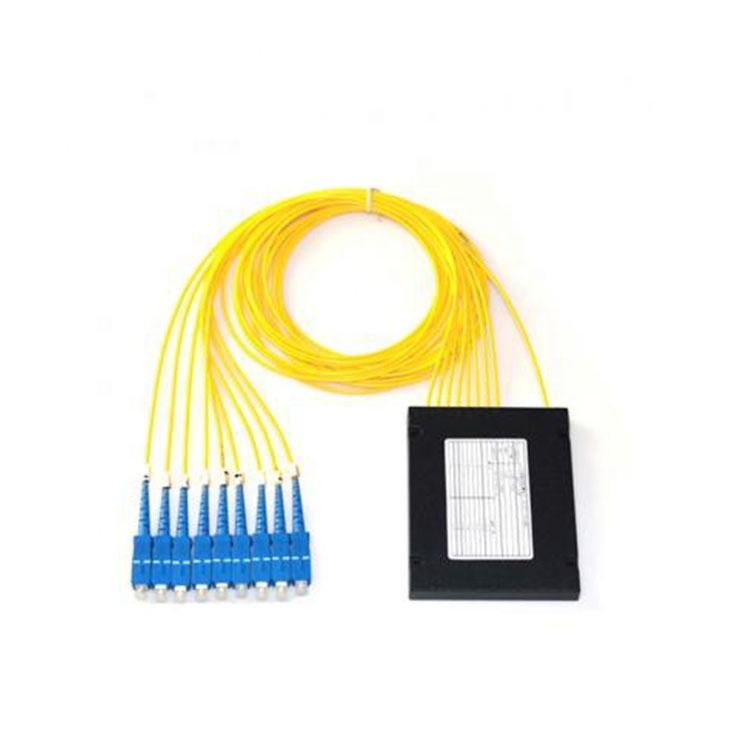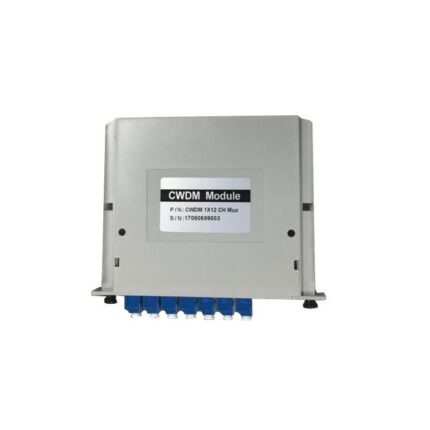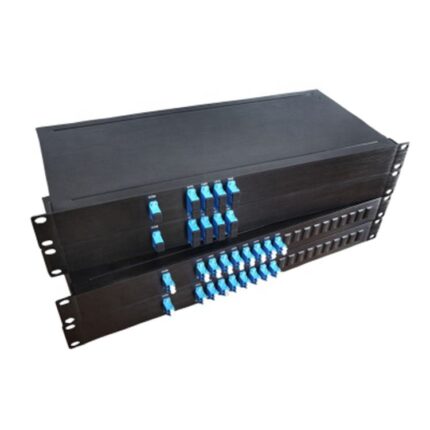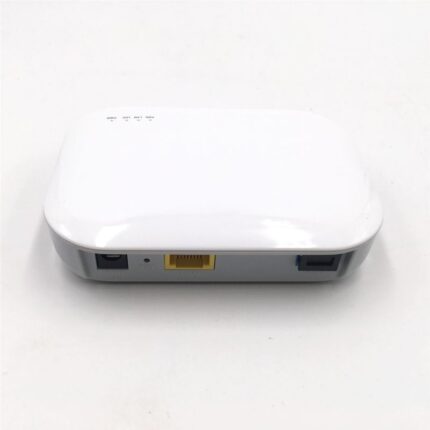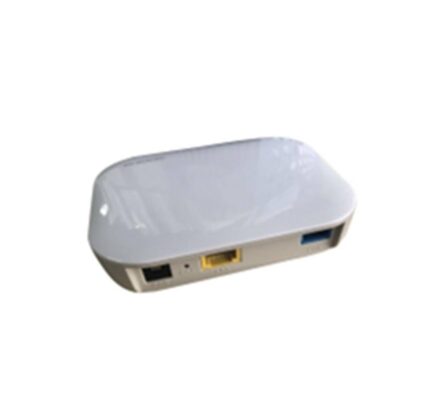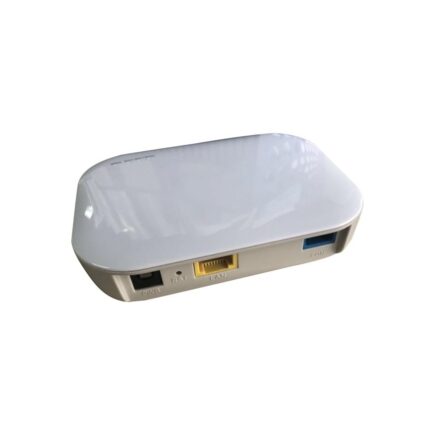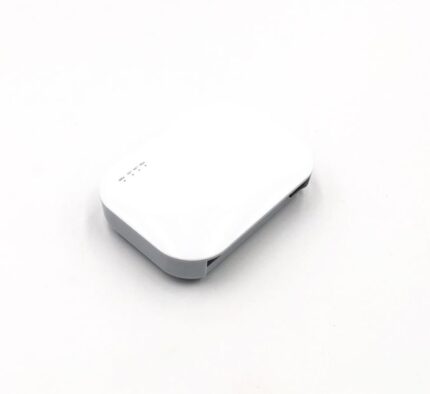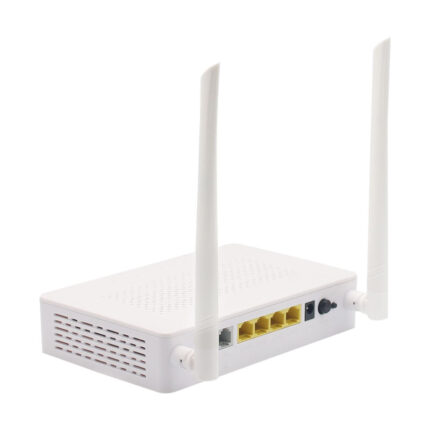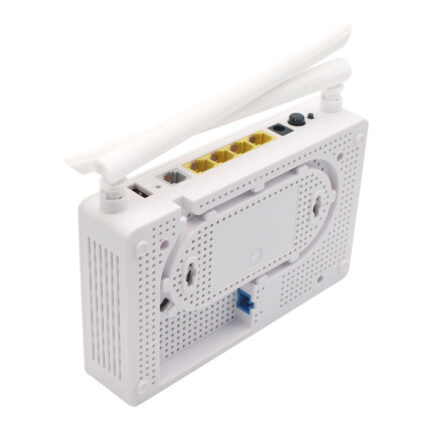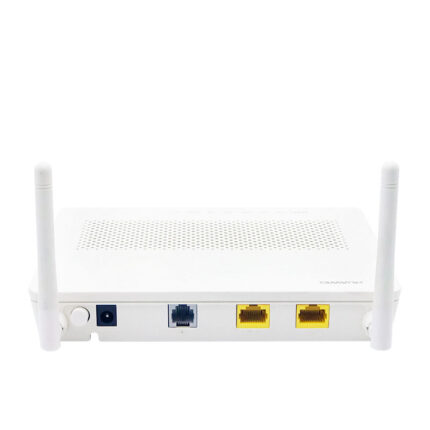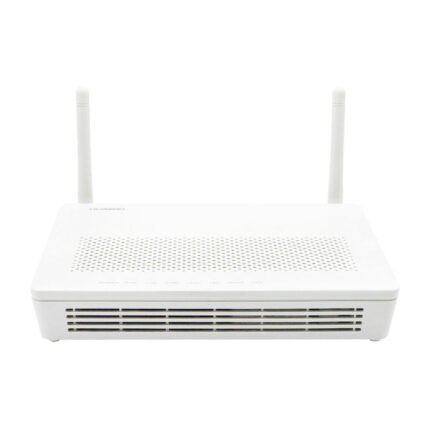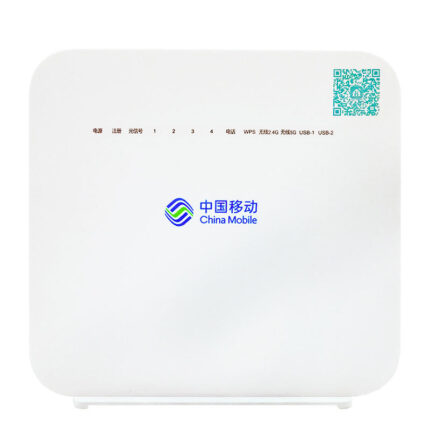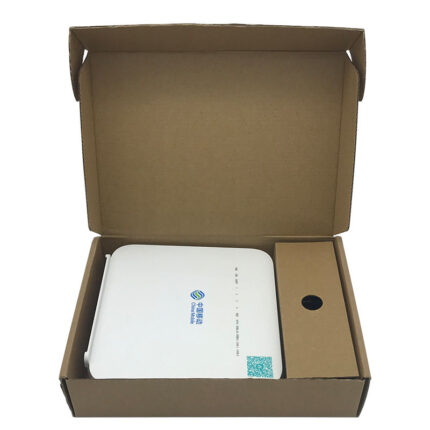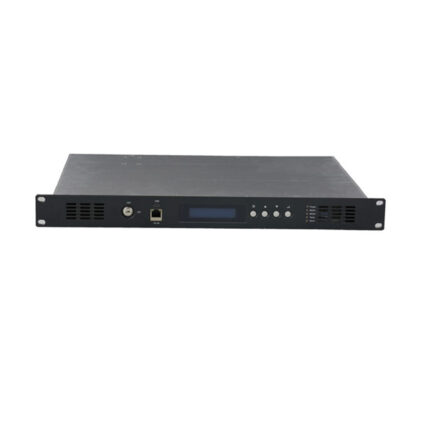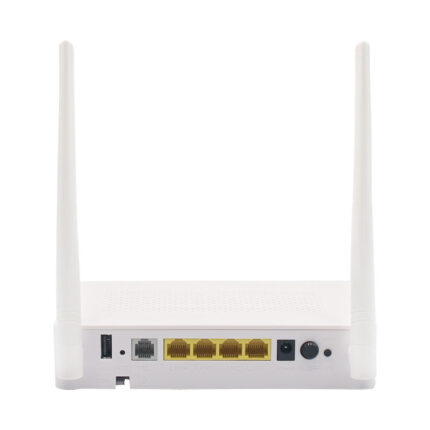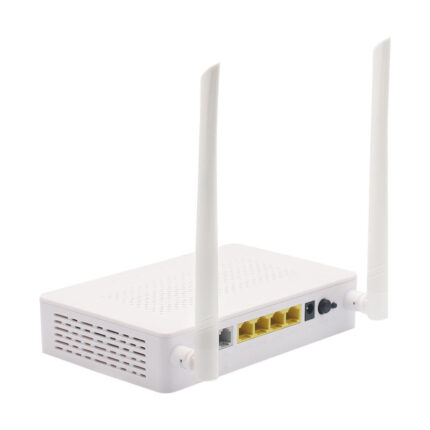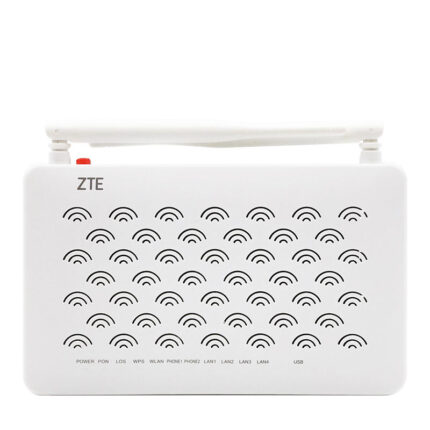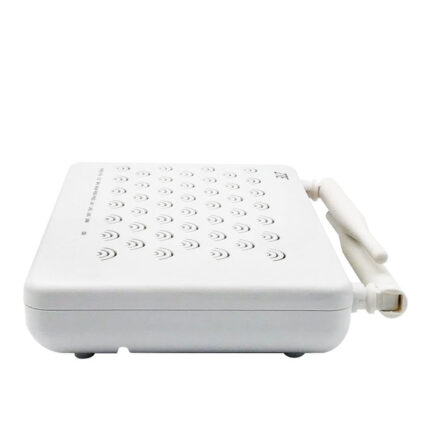CWDM Mux DEMUX Description:
The CWDM Mux DEMUX engineered to deliver effective solutions for multiplexing and demultiplexing different wavelengths of light signals. Built with top-notch components, this product meets the demands of modern communication applications. In this introduction, we will delve into the features and benefits of the CWDM Mux DEMUX and highlight its essential role in telecommunications.
What is CWDM Mux DEMUX?:
The CWDM (Coarse Wavelength Division Multiplexing) Mux DEMUX is a device that facilitates the multiplexing and demultiplexing of various wavelengths of light signals in optical communication systems. It enables multiple optical signals to be transmitted over a single fiber optic cable, significantly reducing the need for multiple cables and simplifying network architecture. The device operates by combining multiple optical signals into a single stream at the transmission end, which is then sent over a single fiber optic cable. At the receiving end, the signals are demultiplexed back into individual streams. This process results in substantial cost, time, and resource savings, making the CWDM Mux DEMUX indispensable for modern telecommunications applications.
Features of CWDM Mux DEMUX:
Several features make the CWDM Mux DEMUX an excellent choice for telecommunications:
- High-Quality Components: Constructed with premium components, the CWDM Mux DEMUX is designed to withstand harsh environmental conditions while maintaining optimal performance.
- Low Insertion Loss: The device boasts low insertion loss, ensuring minimal signal strength degradation as it passes through.
- Low Crosstalk: The Mux DEMUX features low crosstalk, meaning the signals are not adversely affected by other signals passing through the device.
- Compact Design: Its compact design allows for easy installation in confined spaces.
- Flexible Configuration: The CWDM Mux DEMUX is highly flexible and can be easily configured to meet diverse application needs.
Benefits of CWDM Mux DEMUX:
Using the CWDM Mux DEMUX in telecommunications applications offers several advantages:
- Cost Savings: By enabling multiple signals to be transmitted over a single fiber optic cable, the device reduces cabling and installation costs.
- Reduced Complexity: The CWDM Mux DEMUX simplifies network architecture, decreasing the number of required devices and easing management.
- Efficient Utilization of Resources: The device maximizes the use of available resources, ensuring optimal utilization of equipment and cabling.
- Increased Reliability: High-quality components ensure the device’s optimal performance and reliability.
- Improved Capacity: The CWDM Mux DEMUX increases network capacity by allowing multiple signals to be transmitted over a single fiber optic cable.
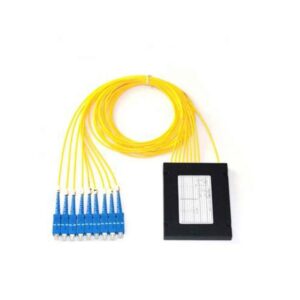
Mux DEMUX – Performance Specifications:
| Parameter | 4 Channel | 8 Channel | 16 Channel |
|---|---|---|---|
| Mux | DEMUX | Mux | |
| Channel Wavelength (nm) | 1270~1610 | ||
| Center Wavelength Accuracy (nm) | ±0.5 | ||
| Channel Spacing (nm) | 20 | ||
| Channel Passband @-0.5dB BW (nm) | >13 | ||
| Insertion Loss (dB) | ≤1.6 | ≤2.5 | ≤3.5 |
| Channel Uniformity (dB) | ≤0.6 | ≤1.0 | ≤1.5 |
| Channel Ripple (dB) | 0.3 | ||
| Isolation (dB) | |||
| – Adjacent | N/A | >30 | N/A |
| – Non-adjacent | N/A | >40 | N/A |
| Insertion Loss Temp Sensitivity (dB/℃) | <0.005 | ||
| Wavelength Temp Shifting (nm/℃) | <0.002 | ||
| Polarization Dependent Loss (dB) | <0.1 | ||
| Polarization Mode Dispersion (PS) | <0.1 | ||
| Directivity (dB) | >50 | ||
| Return Loss (dB) | >45 | ||
| Maximum Power Handling (MW) | 500 | ||
| Operating Temperature (℃) | -5~+75 | ||
| Storage Temperature (℃) | -40~85 | ||
| Package Dimension (mm) | |||
| – 2 CH ~ 8 CH Module | L100 x W80 x H10 | ||
| – 9 CH ~ 18 CH Module | L140 x W100 x H15 | ||
| – 1U 19″ Rack Type |
This product is ideal for enhancing fiber optic communication networks, ensuring efficient and reliable data transmission with minimal signal loss and interference.
Conclusion:
The CWDM Mux DEMUX is a crucial device for contemporary telecommunications. It offers cost savings, enhanced reliability, improved capacity, and simplified network architecture. As a China-based manufacturer, we provide high-quality CWDM Mux DEMUX products designed to meet the diverse needs of our global customers. Contact us today to learn more about our offerings and how we can help you enhance your telecommunications networks.
